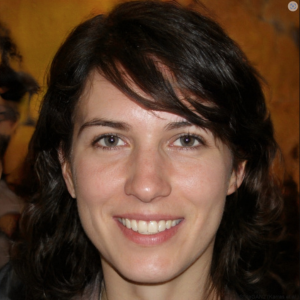On Wednesday, Paris’s iconic Champs-Elysees and Place de La Concorde will become the stage for the Paralympic Games opening ceremony, an event with a bold mission: to challenge and reshape society’s views on disabilities. Creative director Thomas Jolly, who also orchestrated the Paris Olympics opening, envisions the ceremony as a transformative moment.
Jolly compared the significance of the event to the French Revolution, during which royal family members were executed at La Concorde, saying, “When we cut off the heads of the king and queen here, it changed society once. Maybe this ceremony will be the second time we change society.”
The ceremony, set in the heart of Paris, will be a grand artistic display centered around the ancient Luxor Obelisk, the city’s oldest monument. The dance will play a central role, celebrating diverse bodies through movement. Swedish director Alexander Ekman has choreographed a rhythmic spectacle where performers, including those using crutches, wheelchairs, or adapted tricycles, will dance to pulsating beats.
Music is once again in the hands of composer Victor Le Masne, who created the score for the Paris Olympics. Le Masne’s approach for the Paralympics focuses on athletes, incorporating physical and emotional sounds of sport into the music. The track “Sportography” blends organic sports sounds with drum rhythms, capturing the essence of athleticism.
Reflecting on his recent work with Céline Dion and Lady Gaga for the Olympic Opening Ceremony, Le Masne shared his admiration for their dedication. Dion’s performance of “Hymn to Love” at the top of the Eiffel Tower, despite challenging conditions, left a lasting impression. Lady Gaga’s commitment to mastering French cabaret culture for the event also stood out.
For the Paralympics, Le Masne’s vision centers on the athletes. “This time, I wanted to put the athletes first,” he emphasized, ensuring that the ceremony reflects the physical and emotional intensity of their sports.

The ceremony will also feature a parade of athletes down the Champs-Elysees, with accessibility in mind. The traditional cobblestones have been temporarily covered with asphalt to accommodate wheelchair users, a layer that will be removed after the Games conclude on September 8, according to Thierry Reboul, who oversees all Olympic and Paralympic ceremonies.
Unlike the rain-soaked Olympic Opening Ceremony on the Seine, this event will allow the public to watch freely along the Champs-Elysees and near the Louvre Museum. Bright sunshine and clear skies are expected, though Reboul humorously noted, “But we’re still pretty cautious about that last part.”
With a focus on inclusivity and challenging societal norms, the Paris Paralympics opening ceremony aims to leave a lasting impact, celebrating the resilience and achievements of athletes with disabilities in the City of Light.










